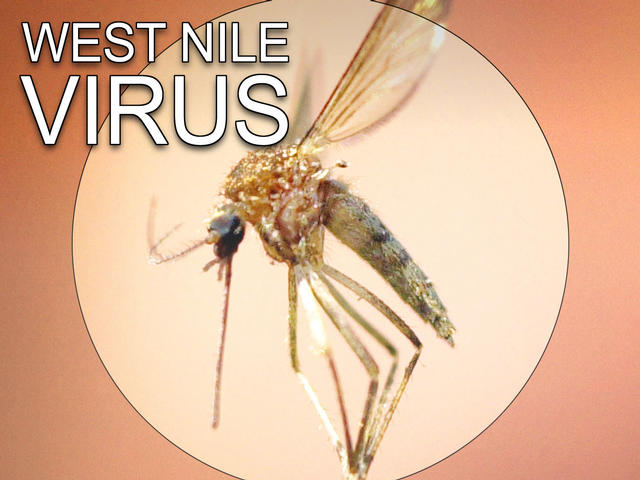For immediate release
Contact: Danny Nadler
1-888-581-5488
E-mail: [email protected]
Montreal, Qc – West Nile Virus (WNV) is a viral disease – transmitted through bites from infected mosquitoes – that can promote the development of potentially lethal conditions such as encephalitis or meningitis, infection of the brain or spinal cord or their protective coverings. Symptoms of mild infections include fever, headache, body aches, rashes and swollen lymph glands. Severe disease is characterized by more intense versions of the above-mentioned symptoms but expanded to include stiff neck, stupor or disorientation and even coma, as well as occasional convulsions, paralysis and even death. There is no specific treatment for WNV but the majority of cases resolve themselves, with or without hospitalization. Until the turn of this century, it was nonexistent in North America.
The first and second reported cases in the U.S. came at the same time in Flushing, N.Y. in August, 1999 when infectious-disease specialist, Dr. Deborah Asnis, began treating two men (ages 60 and 75) suffering from sudden paralysis in their arms and legs, as well as disorientation and high fevers. Their white blood cell counts were elevated and failed to respond to antiviral medications. While consulting with colleagues to determine a diagnosis, the virus spread quickly. Within a couple of days, there were eight more patients, all of whom had a predilection for evening gardening and lived in fairly close proximity to one another. Involvement of the Centers for Disease Control enabled identification of WNV, believed to have been introduced. by an infected bird or via mosquito.
WNV is often a problem on ranches and farms where livestock (for the dairy and beef industries) feed. Since mosquitoes are attracted to stagnant water, many habitats on these farms attract places for larvae to grow (e.g., watering troughs, irrigation ditches, and small ponds) and vermin to flourish, posing high risks of transmission to farm workers. .
Truck-tire sidewalls for bunker silos to the rescue
Methods to facilitate the removal of standing water are critical. Besides disposal of dead birds (using shovels, plastic bags, or rubber gloves to pick them up and dropping them into the trash), improving drainage in irrigated areas, using stones to fill in ruts caused by farm equipment, and cleaning water troughs thoroughly and regularly, the use of polyethylene bunker silo covers atop silage and held down using bias ply truck sidewalls as bunker silo weights is one of the most effective things one can do. Unlike whole tires, bunker silo truck-tire sidewalls don’t hold water so they protect immeasurably against vermin, insects, and pathogens. Moreover, being metal-free, they don’t cut plastic or hands. Their enlarged size provides maximum coverage, with the weight equivalent of whole tires. And, as a bonus, farmers not only work more efficiently, safely and hygienically, they substantially reduce the risk of spoiling their silage.
Danny Nadler c/o Tire Sidewall Depot
1-888-581-5488
E-mail: [email protected]
www.tiresidewalldepot.com
Danny Nadler has been successfully serving the agricultural industry since 1995 by filling the need for safer, more efficient bunker silo coverage. Tire Sidewall Depot offers nylon, bias ply truck-tire sidewalls and aircraft tire rings as user-friendly, cost effective and cleaner alternatives to heavy, burdensome whole tires often used for this purpose. This system not only enhances the nutritional content of silage and feed for cattle, but also protects the environment and farmers by eliminating exposure to such breeders of disease as rusting metal and stagnant water.
